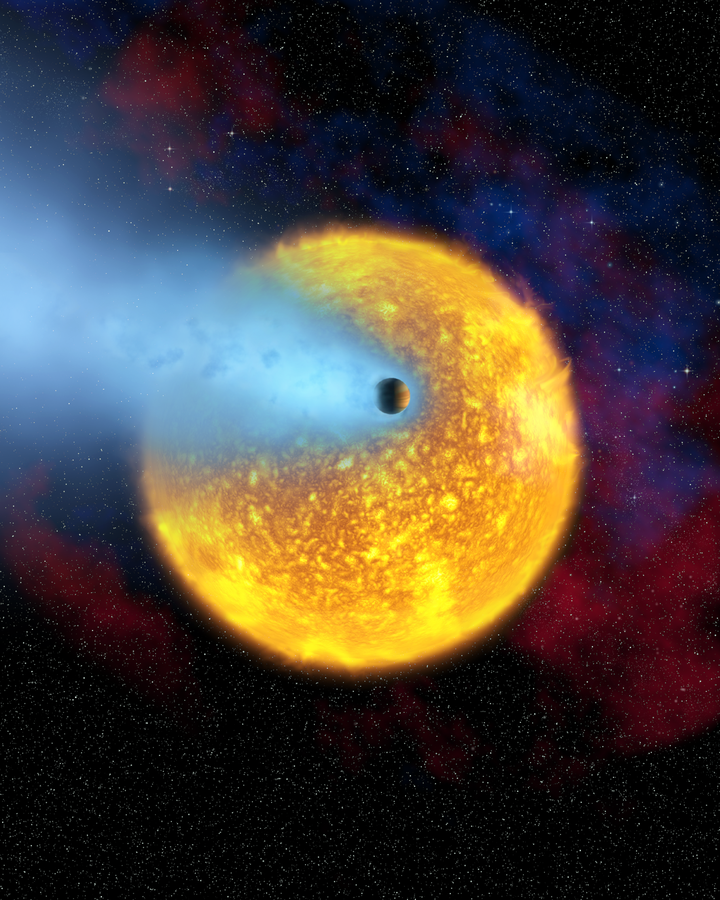
Astronomers have managed to measure the magnetic field around an exoplanet in another solar system for the first time.
The planet has been named “HD 209458b” and resides in the constellation Pegasus, which is found 150 light years away from our own solar system.
Not only could the astronomers measure the exoplanet magnetic field, they could also see how the planet is affected by the stellar wind and estimate the planet’s magnetosphere.
HD 209458b is however very different from any planet in our own solar system. It is the size of Jupiter but orbits its star closer than Mercury does to the Sun and one year is only three and a half Earth day.
The exoplanet has been known for a long time, though, first saw in 2001 by the Hubble space telescope when the planet passed in front of its star with a resulting long tail of visible hydrogen gas blowing out from it.
It was first thought that the tail came from an atmosphere in the process of evaporating. The scientists do now have a different interpretation. As they believe it could be a process similar to what we see in our own solar system when the solar wind picks up electrons from the upper part of the atmosphere around several planets forming hydrogen atoms.
A magnetic field is paramount for life to persist. The magnetic field around the Earth protects us from solar radiation. Mars has a very weak magnetic field and this is the reason to why its atmosphere and its once immense oceans have blown away into space.
The new findings have been published in the recent issue of the journal Science.
_______________
Magnetic moment and plasma environment of HD 209458b as determined from Lyα observations
______________________________

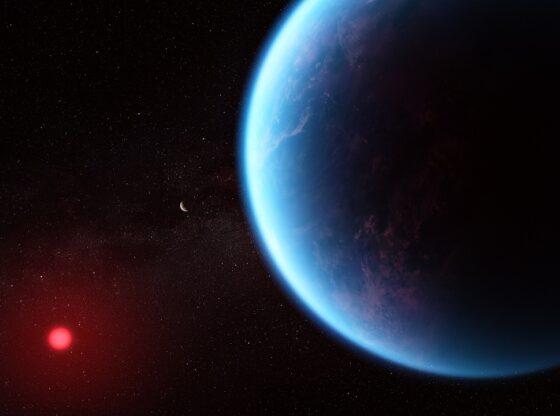
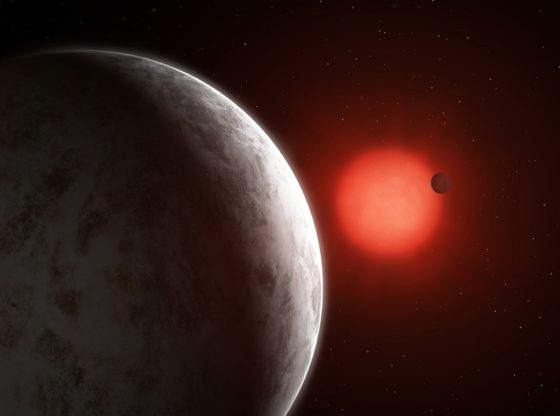
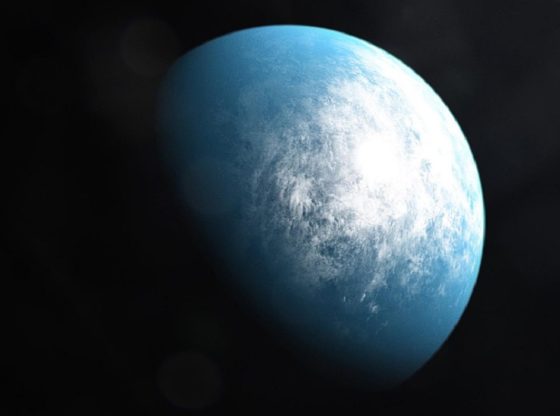
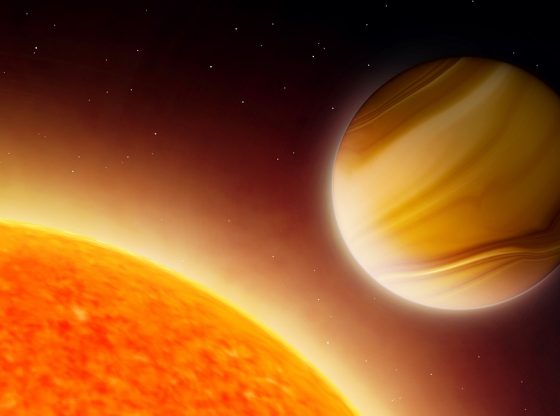
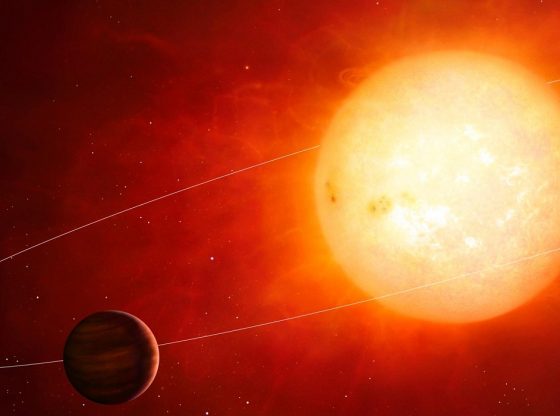
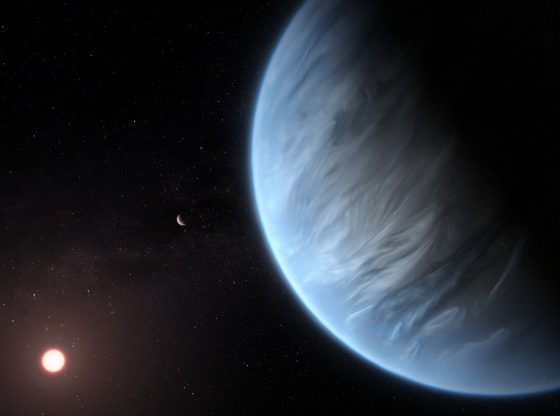
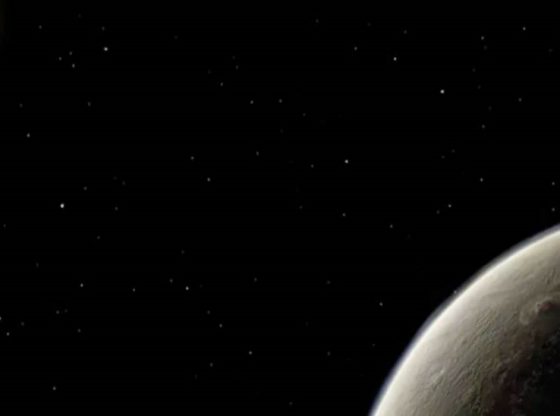
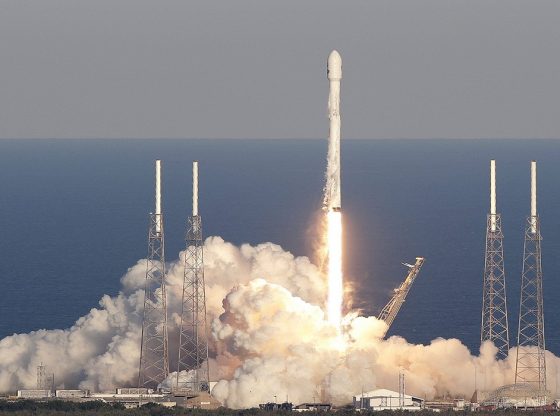
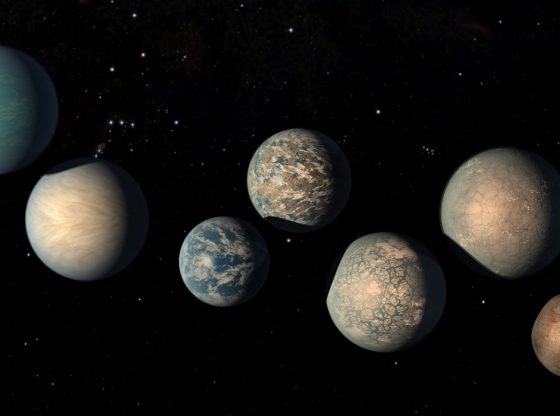
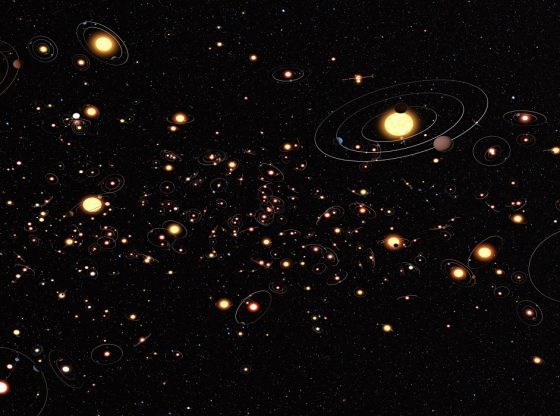
![OpenAI. (2025). ChatGPT [Large language model]. https://chatgpt.com](https://www.illustratedcuriosity.com/files/media/55136/b1b0b614-5b72-486c-901d-ff244549d67a-350x260.webp)
![OpenAI. (2025). ChatGPT [Large language model]. https://chatgpt.com](https://www.illustratedcuriosity.com/files/media/55124/79bc18fa-f616-4951-856f-cc724ad5d497-350x260.webp)
![OpenAI. (2025). ChatGPT [Large language model]. https://chatgpt.com](https://www.illustratedcuriosity.com/files/media/55099/2638a982-b4de-4913-8a1c-1479df352bf3-350x260.webp)








